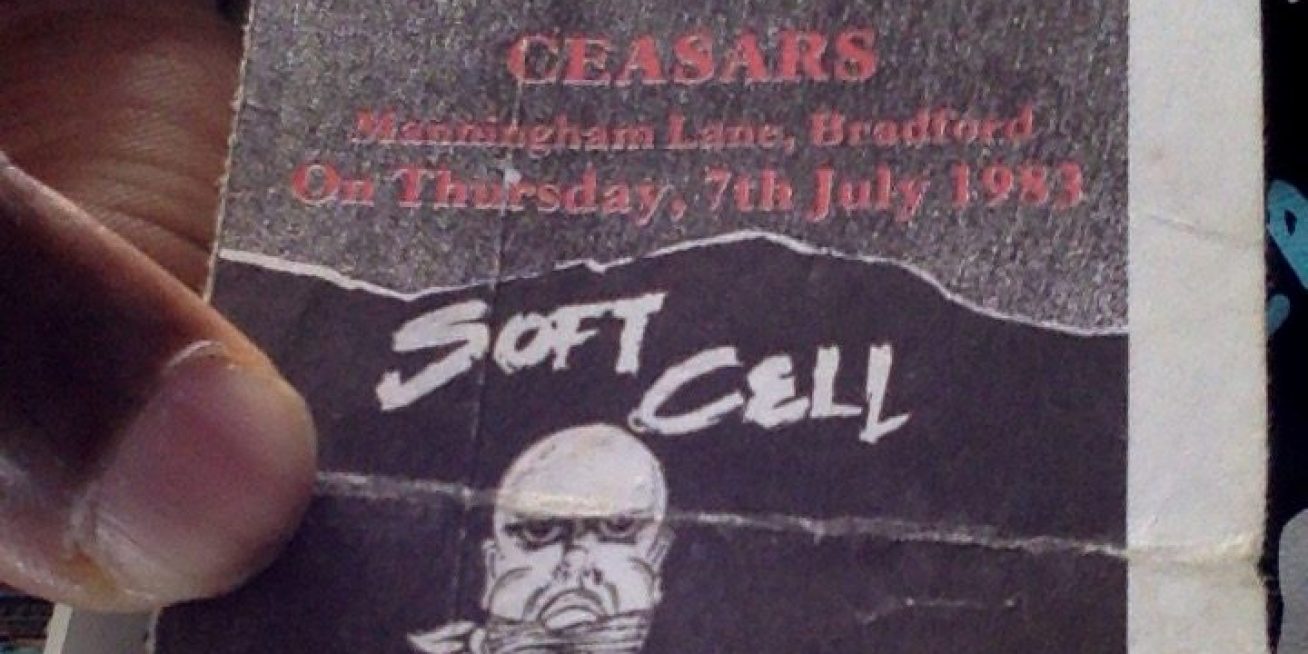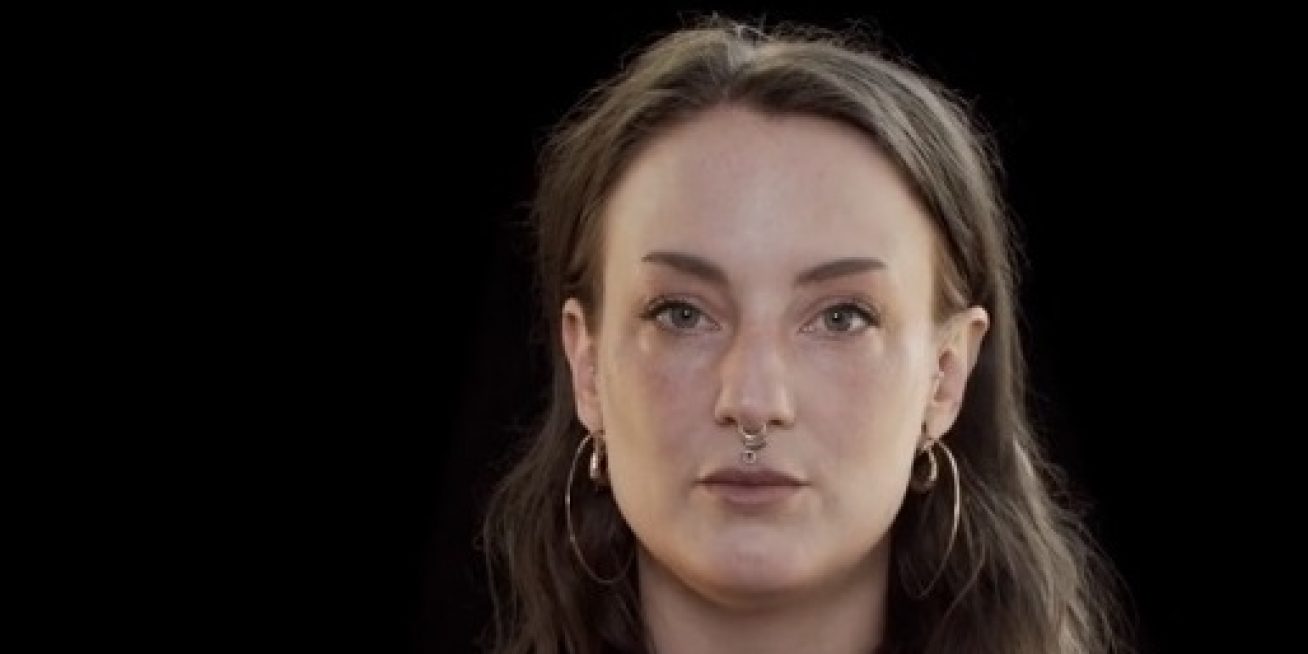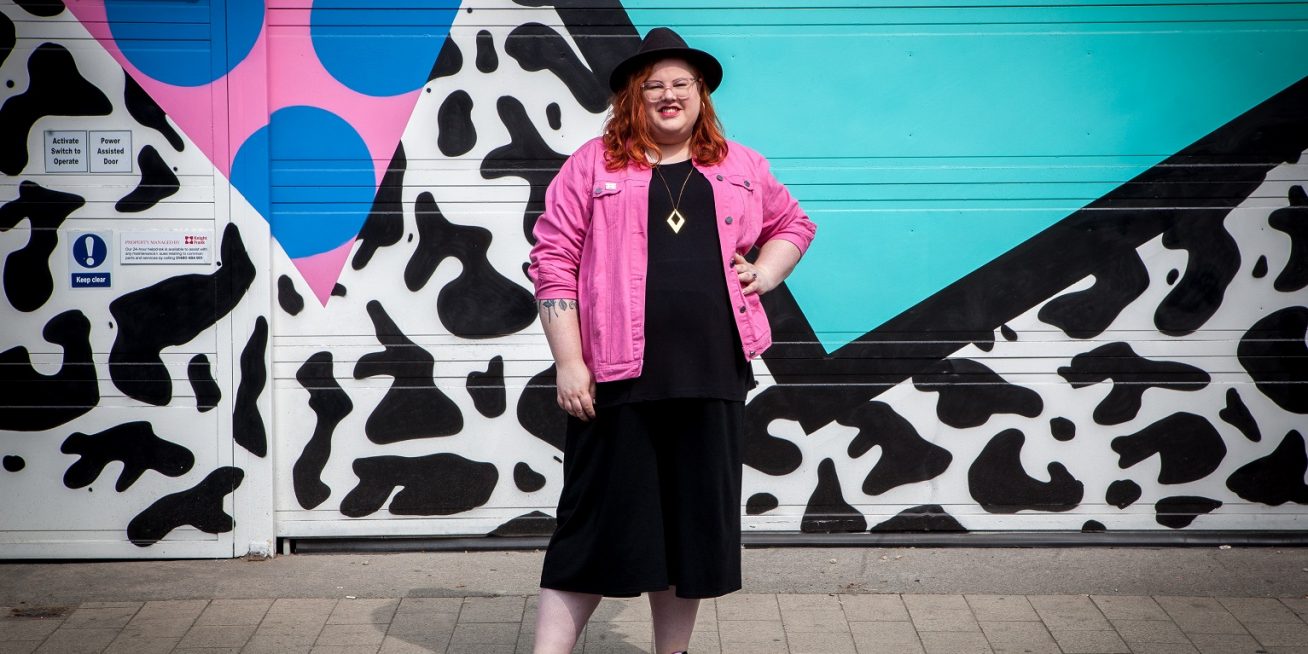Leeds Animation Workshop
Terry, from Leeds Animation Workshop, talks about the difficulty of including LGBT content in films made by the Workshop in their earlier days and she reflects on how things have changed.
Leeds Animation Workshop is a women’s collective set up in 1978 to produce and distribute animated films on social issues: https://www.leedsanimation.org.uk
TRANSCRIPT
So when we made Give Us a Smile – as I say it’s a very angry film. And it’s all about feminism and... everything that we could put in about feminism, we put in. It’s got in stuff about street harassment, it’s got in stuff about rape and murder, it’s got in stuff about cartoons and sexism throughout the media and everything like that. But it doesn’t mention sexuality as such, even though while we were making it – as I say, you know, our personal lives were [pause] interesting, in terms of our own sexualities. But it was still an illegal thing. It was still something that nobody talked about, and if you, you know – it was, it was quite clear that if you wanted to make a film that people would see, that, you know, you could show in public [laughs], that could be shown to young people, that could be used by Women’s Aid, that could be used as a – as in fact it was used a lot in police training, you know, in educating, educating the police about how not to interview women who’d just came to complain about rape or sexual assault, all those sort of things are in Give Us a Smile, and we couldn’t have – it couldn’t have been used in any of those, any of those contexts had it referred to lesbianism. It would have been a complete no-no, it would have meant it was forever consigned to, you know, licensed club showings or something. And that remained the case really, for, for quite a long time, with such things.And even though, you know, within our own lives, we were... we were trying to, you know – I mean [sighs] I was going round putting stickers on posters saying [laughs] not just ‘this advert is sexist’, but ‘how dare you presume I’m heterosexual?!’, you know, those kind of – we were making those kind of critiques of adverts in a sort of agitprop way. But in terms of making a film that could be shown in lots of different contexts, you couldn’t raise these issues still at that time.
But that has obviously changed hugely, so...- and looking back over the history of the films we made, I can kind of see how [pause] how that became a bit more possible. And... I think [pause] I think I’ll have to go back, actually... yeah, I think at, I think [pause] I don’t think it could really happen in the twentieth century. [Pause] It could hardly happen in the twentieth century. We have got... we’ve got Tell it Like It Is that we made in the year 2000, which is about gender and bullying in secondary school, where we have… - yeah, one of the young kids who’s being, who’s being bullied in school because they’re being called gay, you know, for doing something... that didn’t conform to something or other, but it’s, you know, nothing to do with really being gay, but, you know, and we have the kids turning round saying ‘well what’s wrong with being gay anyway?’ And I think that’s the first actual time that we really confronted it in our work.
Oh no, and in No Offence, that’s right, in No Offence which came out in 1996...we have, we have a gay character because the gnomes who’re in charge of one of the departments turn round and say ‘ooh, I don’t want to work – I don’t want to sit next to a bloody fairy’ and then we have them attacking the fairy and trying to clip his wings and so on. So, so we’re, we’re equating homophobic harassment with sexual harassment and racial harassment as well in that film.
But I think, I think that – so that would have been actually the first time that... we seriously...– oh no, hang on, no, it was there before that as well, it was in 1989, in Out to Lunch. There’s a scene where...- which actually, was based on personal experience... of more than one of us I believe, at the time, where the – two women in a cafe were being kind of, made to sit behind the palm trees, you know, so that [laughs] so that they weren’t... so it didn’t put off the other customers, kind of thing, you know. That experience of two women being out for a meal together, which used to happen in the bad old days, and, you know – whereas... courting couples of different genders were acceptable, two women together was not. So yeah, that was, that was Out to Lunch in 1989, I don’t think there’s anything before that, where we would – where we actually raised the issue.
[We did feature an openly lesbian character as far back as 1987, in Home & Dry? This is a film about women and homelessness, with four characters in a launderette discussing their living situations, and one young woman says something like “My parents threw me out because I had a girlfriend,” and an older woman says, “Hark at her, coming out in the wash!”
We also (just about) managed to squeeze some quietly queer characters into other films such as Waste Watchers (1996, about energy conservation) and Joined-up Families (2003, about step-parents).
In Good to be Home (2004), though, about couples affected by prison sentences, we made sure that one of the six interwoven stories featured a gay couple - despite strong opposition from some quarters.
And there’s a chapter about a young gay man with learning disabilities, in Getting Together (2010).
The Workshop’s films that are specifically about LGB/LGBT issues are: Out at Work (2006) and Out to the Family (2008)]






